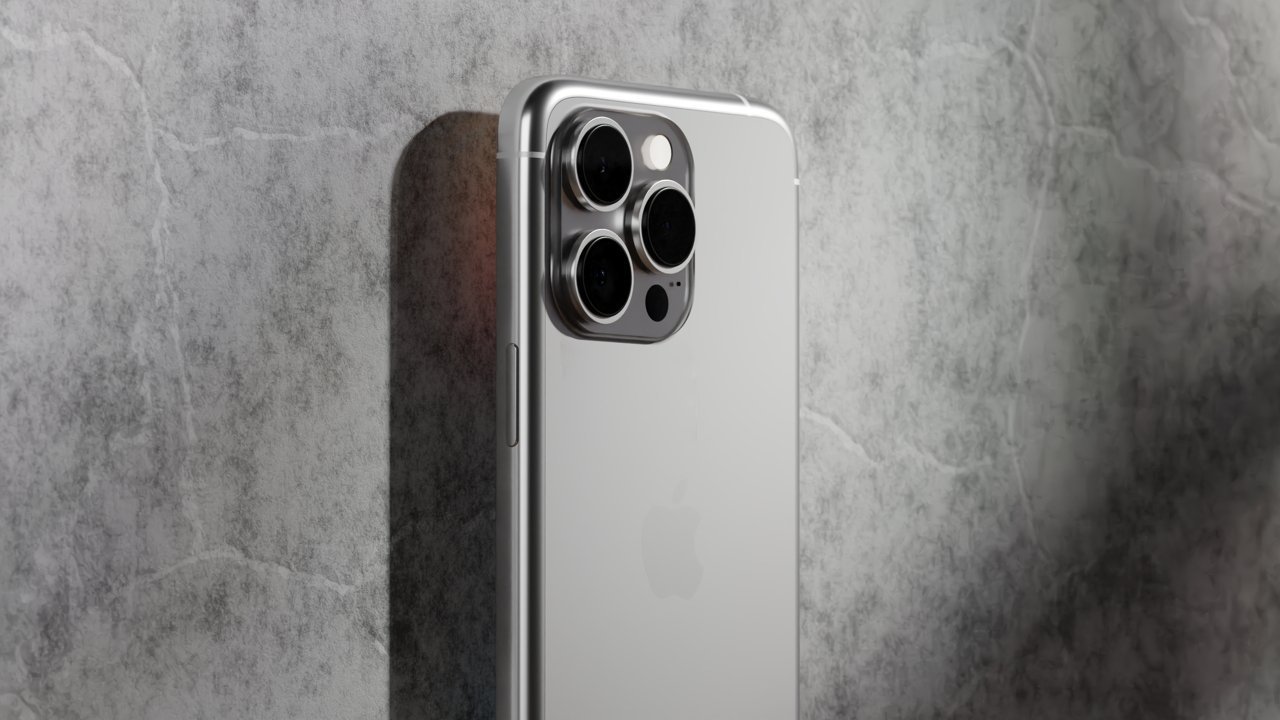A leaker claims that Apple is discussing what colors to use for the iPhone 16, and has decided against red or green.

Mockup of a possible iPhone 16 Pro
A leaker who was wrong about an iPhone 15 Ultra and its two selfie cameras, but right about a green iPhone 15, claims to have information about new colors. The leaker says that the choice is still being finalized, but Apple has at least narrowed down its plans.
Or rather, that it is rumored to have done so. Unusually for leaker Majin Bu, this latest report is qualified with the line "do not take this information as 100% accurate or real, it is just a rumor."
Based on the information I was able to find, the new colors of the iPhone 16 Pro could be
-- Majin Bu (@MajinBuOfficial) February 19, 2024
Desert Yellow (Desert Titanium) similar to the gold of the iPhone 14 but deeper and heavier
Cement Gray (Titanium Gray) a shade of space gray similar to that used on iPhone 6. Other pic.twitter.com/BWlYwAquS8
With that qualification, Majin Bu begins by saying that two of the new colors may be "Desert Yellow", otherwise known as Desert Titanium, and Cement Gray, aka Titanium Gray. The current iPhone 15 Pro range does include one named Natural Titanium, but the rest are simple colors like Blue Titanium, rather than more descriptive ones like "Space Black."
The leaker says that other colors are being discussed, but claims that the rumors of them are somehow less plausible. Later in the thread on X/Twitter, the leaker adds more information.
"No red or green, perhaps the blue will still remain," continues the thread, "although there is the possibility that it will be replaced with another shade."
Speaking to the point that Majin Bu is stressing this news is only a rumor, the leaker adds that, "there is the possibility from what I understand that only one of these colors is approved."
Majin Bu does not have a good record recently for leaks about Apple. However, his or her most recent claim about the iPhone 16 having a vertical camera arrangement does appear to have been backed up by other sources -- but they weren't even close to the first to make the observation.